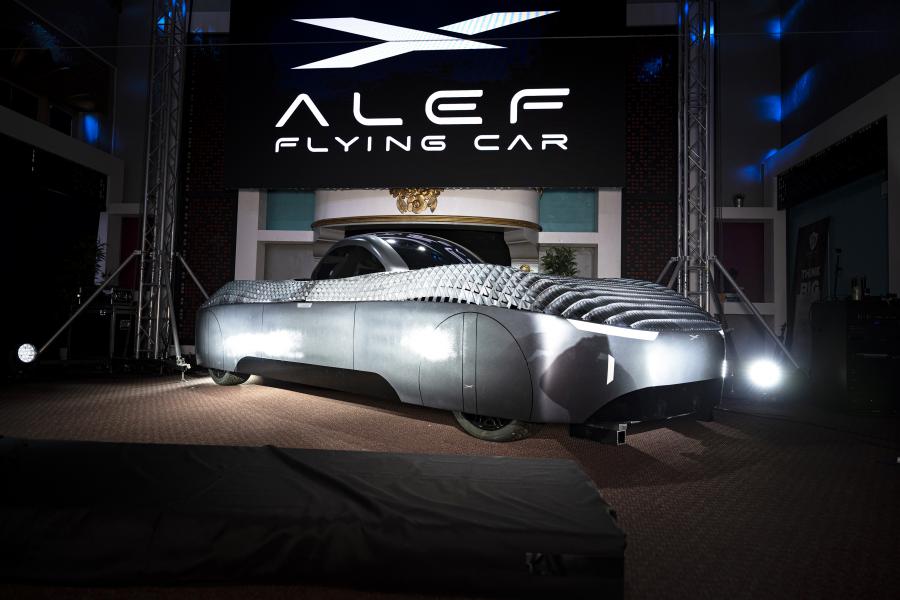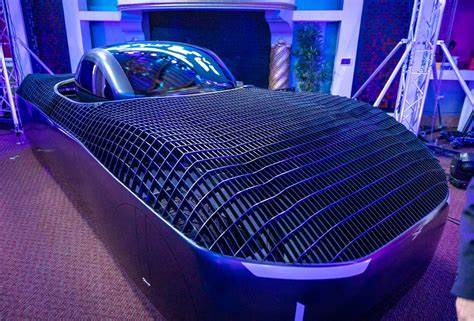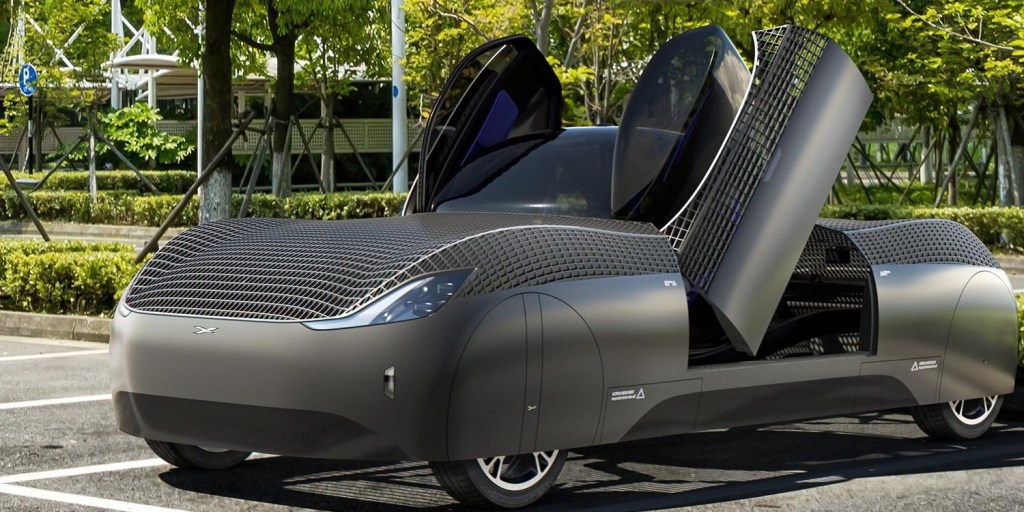Video Reveals How $300,000 Flying Car Actually Works
They’re a staple of futuristic science fiction films such as Blade Runner and Total Recall, but the possibility of owning a flying car may be quickly becoming a present reality—provided you can afford the $300,000 price tag.
On Tuesday, San Mateo, California-based start-up Alef announced that Federal Aviation Authority (FAA) had approved its Model A flying car, making it the first vehicle to receive approval for use in the U.S.

During a video-recorded presentation in October last year, Jim Dukhovny, Alef CEO, who has a background in software engineering, claimed that the company had been conducting flights since 2018 and that the car had an aerial range of 110 miles.
The Physics Behind Flying Cars: Overcoming Air Pressure and Wing Size Constraints
“There is a reason we don’t have flying cars today; it is because it is impossible,” he teased the audience. “Why? The laws of physics. In order to fly, you need an air pressure under the wing to be more than [the] air pressure over the wing… Hence, you need a large wing area.” Consequently, this is how modern airplanes operate: Large wings on the side of the craft are shaped to push air underneath them with less air travelling over the top. This difference in air pressure creates lift, allowing an aircraft with enough speed to take flight.
Furthermore, the wings need to be proportionate to the weight of the vehicle they are lifting. And, as Dukhovny noted, a flying car “also needs to be skinny enough to fit in your driveway.” Driving down the freeway with wings stretching out a few meters on either side of the vehicle may cause more than a few fender-benders.
the wings need to be proportionate to the weight of the vehicle they are lifting. And, as Dukhovny noted, a flying car “also needs to be skinny enough to fit in your driveway.” Driving down the freeway with wings stretching out a few meters on either side of the vehicle may cause more than a few fender-benders.
In addition, another hurdle is the shape of the car itself, which “acts as a breaker of the airflow,” the University of California, Berkeley, and Stanford University graduate said, adding that cars were “one of the most horrible designs for flying.”
While many new cars are designed to have aerodynamic bodywork, research suggests that the average wedge-shaped car has a drag coefficient—the amount of friction resistance relative to its velocity—of between 0.3 and 0.4. By comparison, a Boeing 747 has a drag coefficient of 0.024.

First FAA-approved flying car, Alef Model A, revolutionizing transportation with its futuristic design and groundbreaking technology.
The certification process involved collaboration with the FAA, which is actively working on updating its policies to accommodate the emergence of new and groundbreaking eVTOL concepts. Additionally, the FAA is responsible for regulating the interaction between eVTOLs and ground infrastructure. As a result, Alef’s Special Airworthiness Certificate imposes certain restrictions on the locations and purposes for which the company’s flying car is permitted to operate. These measures are put in place to ensure the protection of public interest and safety.

